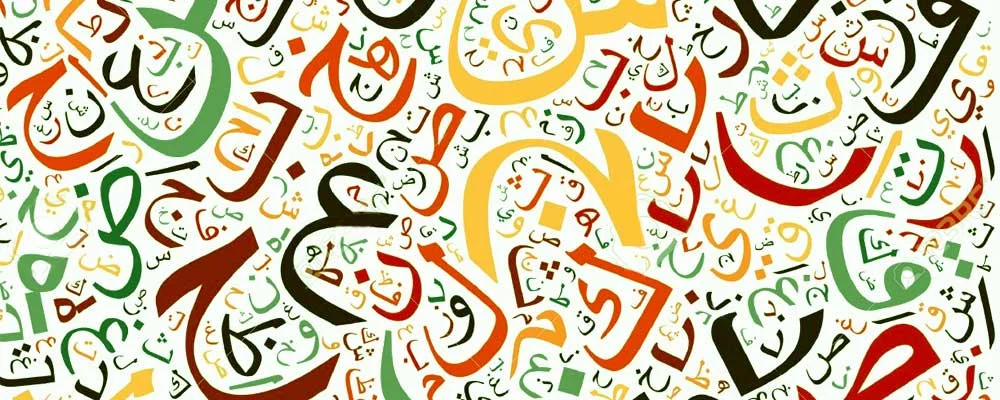The External Affairs Minister recently announced that the Government of India has decided to include Farsi (Persian) as one of the classical languages in India under the New Education Policy.
About the Farsi Language:
- Farsi, also known as Persian Language, is the most widely spoken member of the Iranian branch of the Indo-Iranian languages, a subfamily of the Indo-European languages.
- It is the official language of Iran, and two varieties of Persian known as Dari and Tajik are official languages in Afghanistan and Tajikistan, respectively.
- Significant populations of Farsi speakers can be found in other Persian Gulf countries (Bahrain, Iraq, Oman, Yemen, and the United Arab Emirates), as well as large communities in the US.
- It has about 62 million native speakers, ranking it among the world’s 20 most widely spoken first languages.
- Farsi in Iran is written in a variety of the Arabic script called Perso-Arabic, which has some innovations to account for Persian phonological differences. This script came into use in Persia after the Islamic conquest in the seventh century.
- Its relatives are the languages of northern India and, more distantly, the major European languages including English.
Key Facts about Classical Languages in India:
- Criteria evolved by Government of India to determine declaration of a language as a Classical language is as under: –
- High antiquity of its early texts/recorded history over a period of 1500-2000 years;
- A body of ancient literature/texts, which is considered a valuable heritage by generations of speakers;
- The literary tradition be original and not borrowed from another speech community;
- The classical language and literature being distinct from modern, there may also be a discontinuity between the classical language and its later forms or its offshoots.
- Currently, six languages enjoy the ‘Classical’ status: Tamil (declared in 2004), Sanskrit (2005), Kannada (2008), Telugu (2008), Malayalam (2013), and Odia (2014).
- The benefits it provides once a language is notified as a Classical language:
- Two major annual international awards for scholars of eminence in classical Indian languages.
- A Centre of Excellence for studies in Classical Languages is set up.
- The University Grants Commission is requested to create, to start with at least in the Central Universities, a certain number of Professional Chairs for the Classical Languages so declared.”




